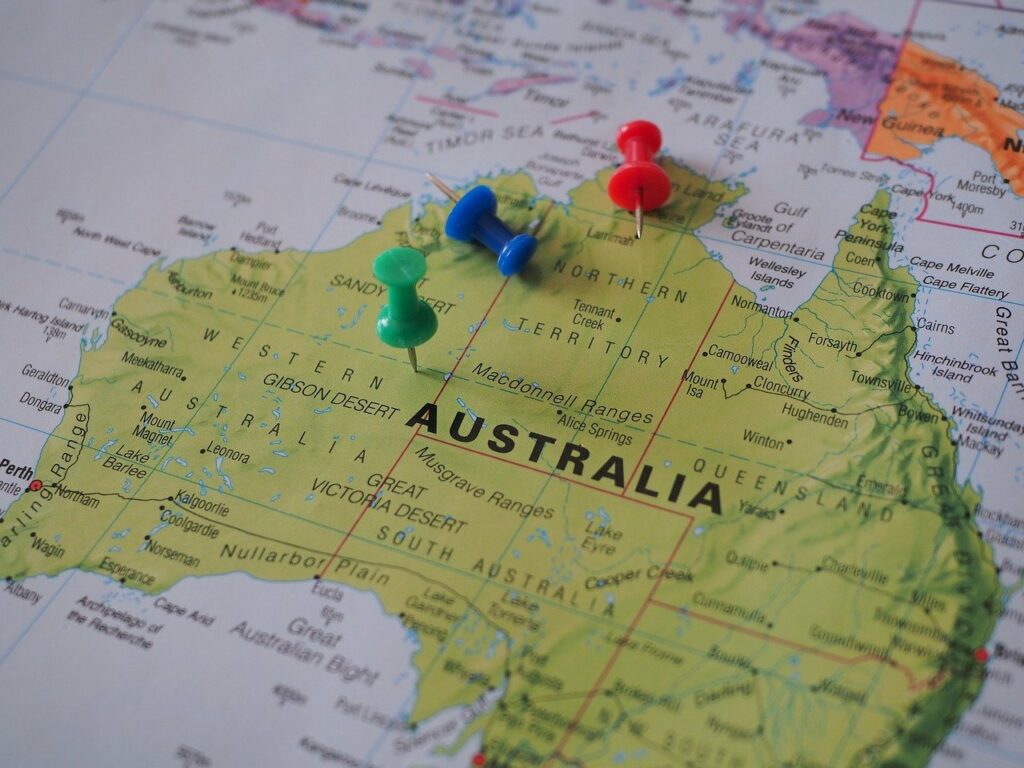The Western Australian government’s latest strategic move in the energy sector involves a major investment to encourage the adoption of residential battery storage systems.
In a bid to significantly augment small-scale storage capacity, WA Labor, during their campaign, announced a $246 million portion of a $387 million Residential Battery Scheme. This initiative is designed to provide rebates and interest-free loans, setting out to add over 200 MWh of battery storage capacity to the state’s electricity grid.
WA Labor, aiming for re-election, proposes the scheme to roll out on July 1, 2025. This plan is not without precedent as it builds on the existing reality where approximately 40% of homes, totaling over 400,000, connected to WA’s South West Interconnected System (SWIS) already have rooftop solar installations. Nonetheless, uptake of battery systems remains sluggish, with merely 10,000 households having invested in small-scale battery units so far.
The proposed subsidy framework is bifurcated based on geographic location: up to AU$5,000 for households under Synergy in Perth and the southwest, and up to AU$7,500 for those under Horizon Power in regional areas. Eligibility requires adherence to Australian and local grid standards, permitting the use of both existing known brands and locally manufactured options. This could potentially double the number of residential batteries and address a critical gap in the state’s clean energy journey, enhancing grid flexibility and stability.
Interest in battery storage is expected to further intensify through the introduction of a no-interest loan component, targeting 20,000 low to medium-income earners. Applicants could avail loans of up to AU$10,000, repayable over a decade, offsetting upfront costs and removing financial barriers to technology adoption.
Additionally, WA premier Roger Cook highlighted the correlated labor market benefits with plans to allocate AU$50 million toward the Battery Manufacturing Program. This proposal aims to stimulate local employment through the funding of battery production within WA, illustrating a multifaceted approach to energy reform that intertwines technological acquisition with economic growth.
Enthusiasm for such incentives underlines the messy realities of transitioning to clean energy, where distributed storage may play an essential role in meeting peak demand and harnessing surplus solar generation. As attention shifts from traditional fossil-based power generation, initiatives like this one are indicative of a broader desire within states like WA to remain at the forefront of the renewable shift, driving a move towards a more resilient and flexible energy apparatus.
Stay updated on the latest in energy! Follow us on LinkedIn, Facebook, and X for real-time news and insights. Don’t miss out on exclusive interviews and webinars—subscribe to our YouTube channel today! Join our community and be part of the conversation shaping the future of energy.





